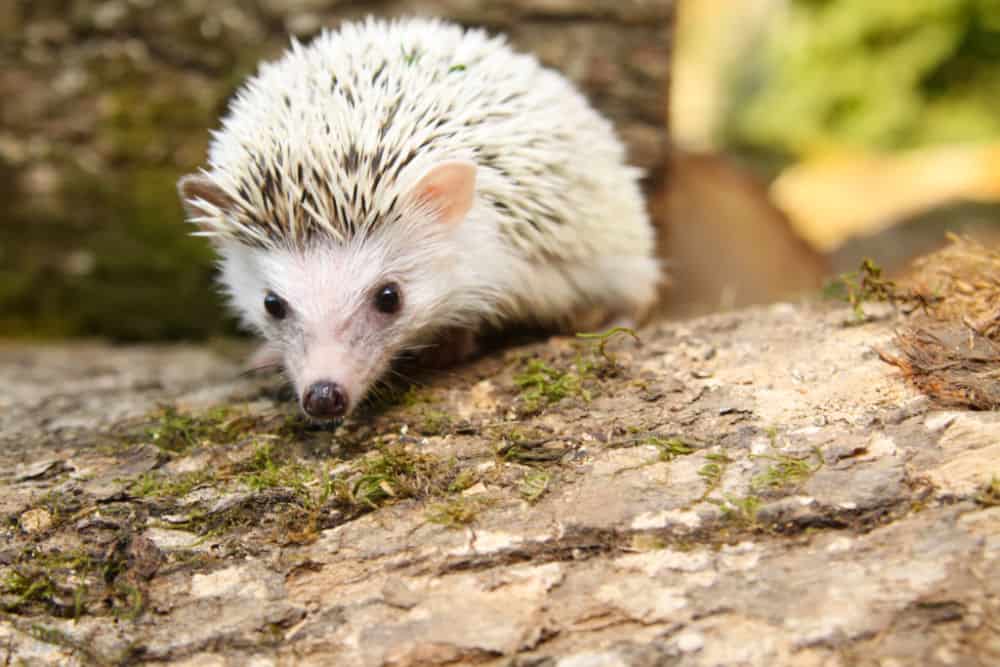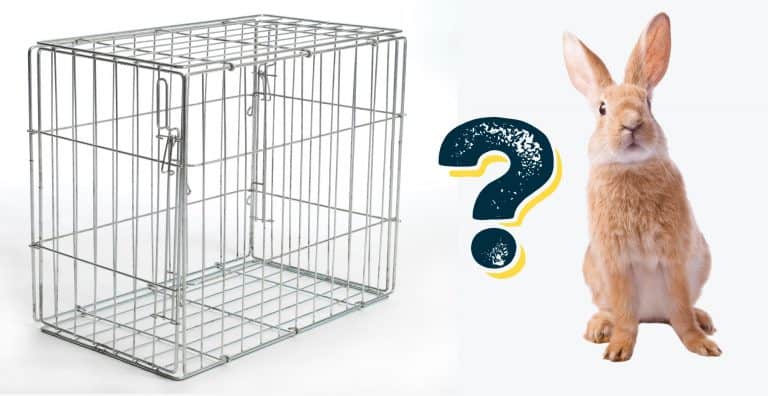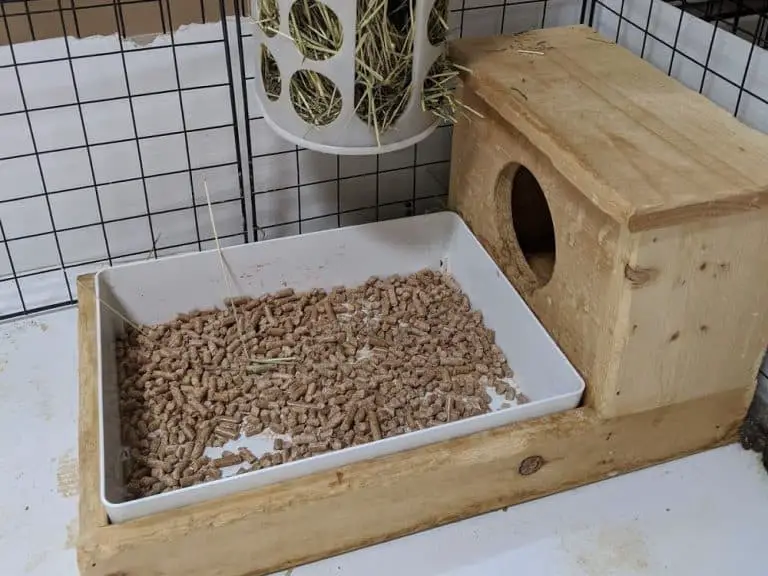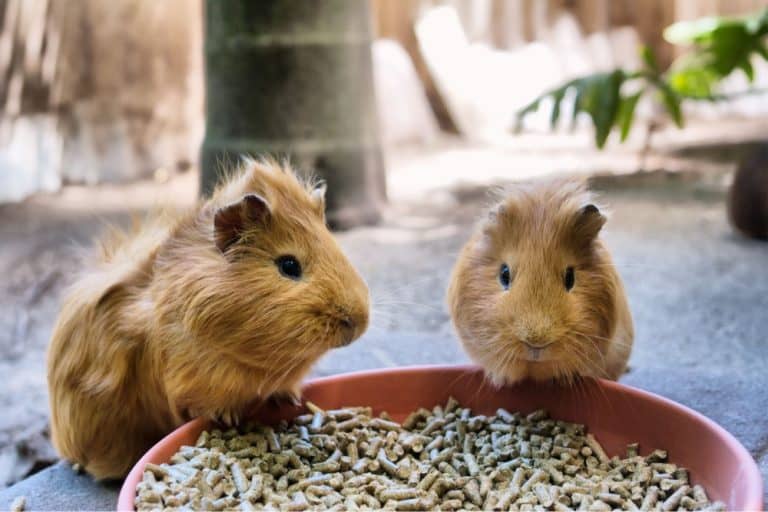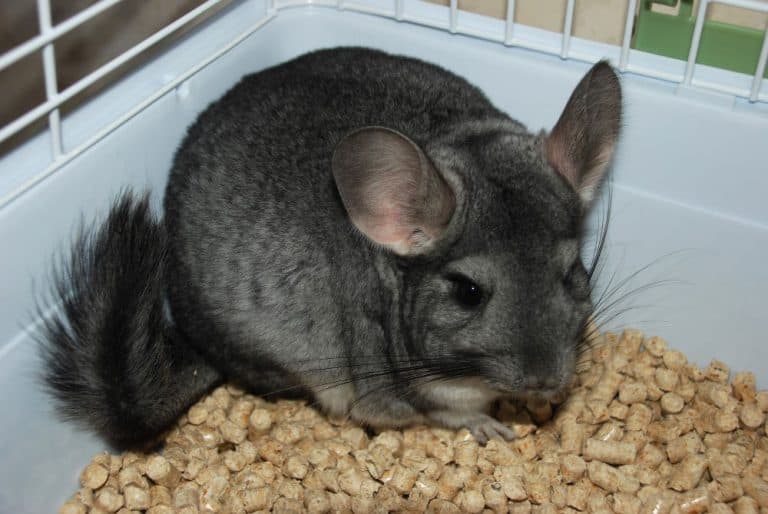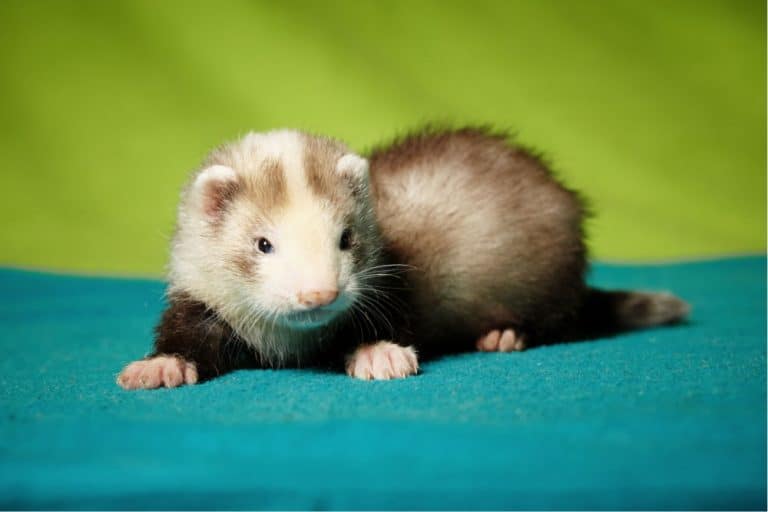What to Feed a Hedgehog Pet: The Complete Guide
Did you know, hedgehogs aren’t native to the US? If you have one as a pet, chances are it’s an African Pygmy hedgehog, and you’re probably wondering how to ensure it gets the nutrition it needs. With little definitive information on what to feed a hedgehog pet, you’re likely looking for some guidance.
When deciding what to feed a hedgehog pet, you’ll need to look for balanced nutrition. That means a diet containing moderate amounts of protein, low-fat, and some fiber. Generally, good quality dry cat food supplemented with live calcium-enriched insects and cooked meat should do the trick.
If you’ve been trying to find out what to feed a hedgehog pet, you’ve probably found a fair amount of conflicting advice. It’s mostly anecdotal, based on the experience of breeders and owners. So, we’ve foraged through the information available for you to set out what appears to be best practice.
Use Good Quality Dry Meat-Based Cat Food As the Staple
You probably think that cat food sounds like a strange thing to feed a hedgehog. After all, in the wild, they’re insectivores, and their diet is mainly insect-based.
Why Cat Food?
The reality is hedgehogs in the wild eat most things. Their reputation is that of an opportunistic feeder with omnivorous tendencies. Let’s just say your prickly friend isn’t choosey.
So, hedgehogs will devour almost whatever happens to cross their path if it looks or smells tasty. For example, they’ll eat insects, beetles, worms, slugs, millipedes, spiders, and ants. But they’re just as content with small frogs, baby mice, and lizards.
Then again, in the wild, there’s that little issue of survival to think about. When you’ve spent the night foraging, that’s a lot of energy used up that you have to replace.
The truth is, hedgehog pet owners have historically carried on feeding their pets whatever the breeder they bought them from had fed them. Often, that was cat food. This came from the practices of European hedgehog rescue organizations. They had a lot of experience with their native hedgehogs.
They used wet and dry cat food because it was nutritious and widely available, and it worked well. It contained a good amount of protein and fat, similar to the hedgehog’s natural diet, and those organizations still recommend it. So, although many years have passed since pet hedgehogs became popular in the US, cat food has stood the test of time.
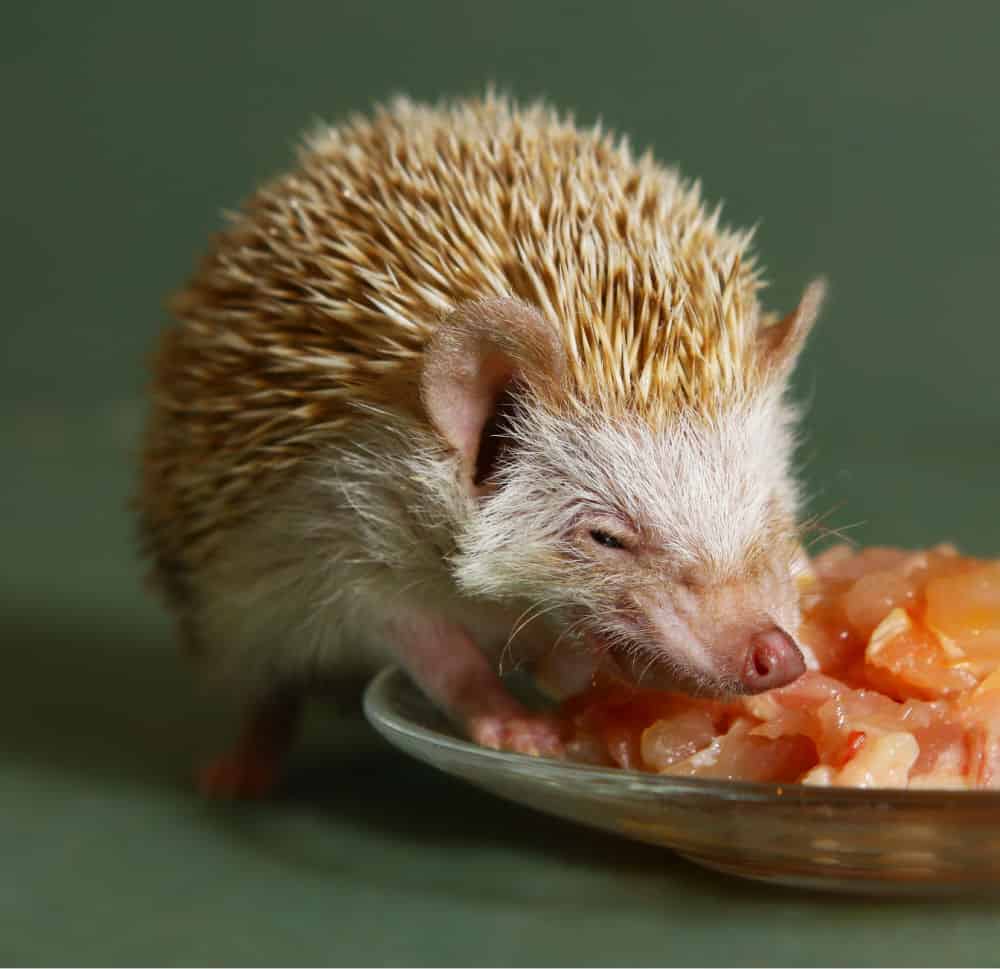
Why Cat Food and Not Dog Food?
Dog food can work just as well as cat food if it has the nutritional content that your hedgehog needs. It’s just that the kibble size of dry cat food is better suited to hedgehogs. Now, if you find a good quality dry dog food that fits your hedgehog’s needs, you can always break it up a bit before feeding. That’s a little extra effort, but if it works for both you and your hedgehog, go for it.
Will Any Dry Cat Food Do?
Not quite. Although we can say what hedgehogs eat in the wild, there’s little knowledge about exact nutritional requirements. Large-scale scientific research hasn’t been undertaken.
Suggested Nutritional Content
But, from the information available, when in captivity, the recommended levels are around 30-50% protein and 10-20% fat, with about 15% fiber. The protein and fat contents are often refined to a maximum of about 35% for protein and 15% for fat.
What does that mean? If you want your pet hedgehog to thrive, you’ll need to make sure you choose good quality dry food. So, checking the ingredient list and the guaranteed analysis is crucial. The latter is required by law in many states, and it gives you minimum percentages of protein and fat and maximums for fiber and moisture.
What to Look for in the Ingredients and the Guaranteed Analysis
Sadly, good quality isn’t as easy as picking the nicest looking pack. Good quality means you’ll want to see identifiable meat as the first ingredient. You also want a specified animal fat as the fat source.
As an example, the first ingredient should state it’s chicken or chicken meal. You don’t want to see generic terms like meat or poultry. And the same applies to the fat, so avoid products that list animal fat instead of an actual animal.
In the guaranteed analysis, you’ll want to see protein and fat around the levels mentioned above. The fiber content is unlikely to be adequate, but you can add fiber by other means, which we’ll discuss later. With this, you’ll have to do some calculations as the figures on the labels include the moisture content. You want the figures as a percentage of the dry material.
But it’s so straightforward even your hedgehog could do it. If you have a protein content of 30% and a moisture content of 10%, deduct the moisture content from 100. That gives you 90. Then divide your protein content of 30% by 90 and multiply by 100.
Congratulations, you now have the protein content of the dry material, namely 33.3%.
What’s an Example of a Good Cat Food?
The truth is you’re unlikely to find a perfect cat food ticking all the boxes. Often, there’ll be plant-based fillers like corn to add bulk. That’s okay as long as fillers aren’t the main ingredient. So, you don’t want to see a whole list of such things. But, one to three is probably fine if it has the protein and fat contents mentioned above.
One that looks okay, although the fat content is at the top end, is EVAXO Kirkland Signature Chicken and Rice Cat Food. It has chicken and chicken meal as the first two ingredients and chicken fat as the fat source.
Look for other quality options if you think fat at 20% is too high for your hedgehog. After all, like humans, the precise needs of each hedgehog will differ.
Generally, however, the advice seems to mix it up, so you’re not reliant on one type of food alone. That can cause feeding difficulties if it becomes unavailable or changes. You’re better off having two to four different dry foods, with diverse sources of protein.
Ingredients to Avoid
But, there are things to avoid apart from unnamed meats or poultry. These include:
- Meat or poultry by-products. Even if the name of the meat or poultry is specified, you can’t be sure exactly what it is.
- Preservatives like Butylated Hydroxyanisole (BHA), Butylated Hydroxytoluene (BHT). These are thought to be safe in low doses but otherwise may be carcinogenic.
- Ethoxyquin. This is an antioxidant with animal safety issues.
Use Moist Meat-Based Cat and Dog Foods as an Addition
So far, we’ve talked about dry foods. Wet cat and dog food are also suitable for hedgehogs. But, it’s best not to use them as the staple in their diet.
That’s because the crunchy dry food format benefits your hedgehog’s teeth. It gives their teeth the kind of workout they’d get in the wild.
But, it’s no problem to mix a bit of wet food in with the dry food. Just be careful to keep within the nutritional limits mentioned above. And don’t leave wet food standing for more than a couple of hours.
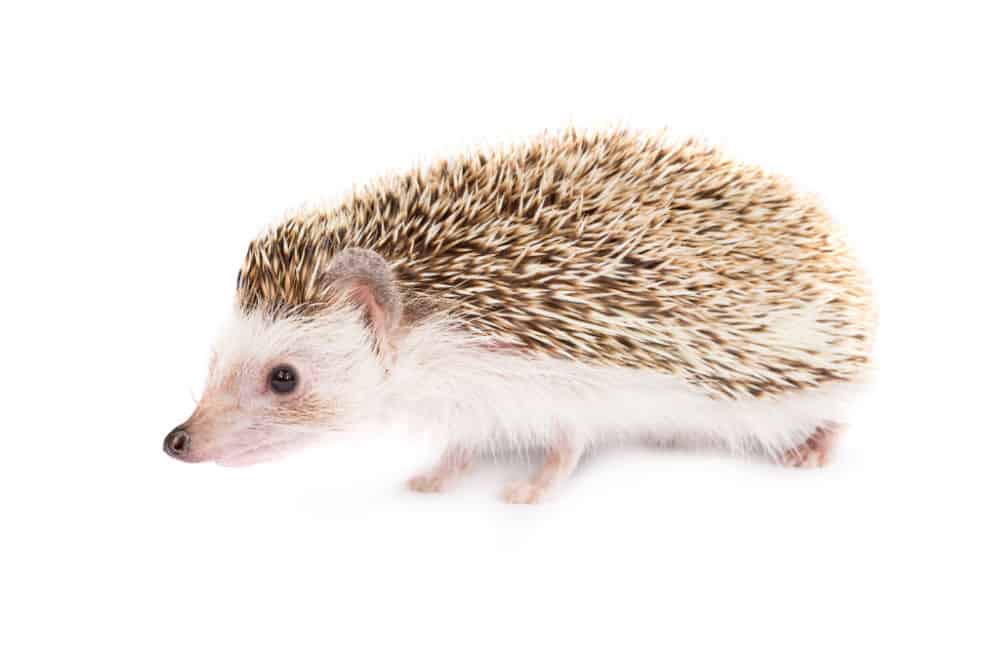
Supplement Your Hedgehog’s Staple Diet With Insects
As mentioned above, hedgehogs are insectivores. While it’s impractical to replicate this entirely in a captive setting, you can go some way towards it.
What’s the Benefit of Feeding Your Pet Hedgehog Insects?
The thing is that fiber is an essential element of your hedgehog’s diet as it helps the digestion of protein and fat. In the wild, they get their fiber from insect exoskeletons, which contain chitin. Hedgehogs have a particular enzyme called chitinase, which enables them to use this chitin as their fiber intake.
Despite their omnivorous tendency, hedgehogs don’t digest plant matter. It turns out this is because they don’t have a cecum. So, it makes sense that plant material as a fiber source isn’t suitable for your pet hedgehog’s diet.
As we’ve said above, hedgehogs aren’t too picky, and they may well happily munch away on whatever plant matter you give them. But that doesn’t mean it’s good for them. If they have trouble digesting it, they’ll gain little nutritional value from them.
So, to boost your hedgehog’s fiber intake add insects to its diet. It’s the most natural source for their fiber needs.
What Insects to Feed?
Preferably you should feed your hedgehog live feeder insects, which are bred for animal feed. They’ll add dietary fiber. But, they’ll also give your hedgehog the chance to make use of its natural foraging instincts.
You’ll need to feed all live insects before giving them to your hedgehog. This is the process of gut loading. It means filling the insect with good nutritional things that’ll get passed on to your hedgehog.
You can use freeze-dried or canned insects if you prefer. But, never use insects found in the wild or from bait shops. Those can be contaminated with pesticides or may carry diseases.
Be sure to feed a variety rather than just one type of insect.
Mealworms
Mealworms are a popular suggestion for live insect food for hedgehogs. One reason is that they’re widely available. Your hedgehog can also eat them whether they’re in the larvae, pupae, or beetle stage.
You can order in small quantities like this Sunshine Acre Worm Farm 250 Medium Fresh Live Mealworms. That’s a handy size if you have limited storage space.
Or, you can order in a larger quantity, such as these 2000ct Live Mealworms. Getting the larger size means you can let some develop and keep some refrigerated. So, your hedgehog will have a variety of textures to munch on. You could also breed some to create your own future supply.
Crickets
Crickets are a great choice if your hedgehog is prone to gain weight because they’re lower in fat than mealworms.
These are also available online. For example, Josh’s Frogs 1/2” Banded Crickets (500 Count) are available in different sizes and quantities. The seller states the fat content of this type of cricket is only 8%, which is low. So, depending on your hedgehog’s other fat intake, you could be more liberal with them.
Dubia Roaches
These are another low-fat insect that is available online, like these ¾” Live Dubia Roaches. They have the advantage over crickets in that they don’t make a sound. They also don’t smell.
Other Insects
There are other insects you can feed your hedgehog, such as wax worms, snails, slugs, and silkworms. All should be farm-bred, not wild. You may struggle to find these. When you do, they’re likely to be more expensive than the other options above.
How Much to Feed?
When it comes to quantities, remember, cat food is quite low in fiber, mostly around 2% to 4%. The ideal fiber intake for hedgehogs is at least 15%. So, the more you can increase their fiber intake, the better.
But, there are two things you need to be aware of when feeding insects to your hedgehog.
Insects Are High in Fat
It sounds strange to warn about insects’ high-fat content when they’re a large part of a hedgehog’s diet in the wild.
Well, that’s the key, in the wild. Because in the wild, hedgehogs forage all night searching for and consuming food. In captivity, they’re not burning energy in this way, but the high-fat content of insects, coupled with the hedgehog’s relative inactivity, means it’s prone to putting on weight.
Also, in the wild, African Pygmy hedgehogs are aestivate. This is a kind of hibernation for hot climates when they live off stored fat. In captivity, they don’t do this, so that’s another reason why they burn off less fat.
So, you need to track your hedgehog’s weight and control the number of insects you feed accordingly.
Insects Have High Phosphorus Content
The other problem is that feeder insects like mealworms are high in phosphorus. Phosphorus absorbs calcium. If there’s too much phosphorus in your hedgehog’s diet, it could cause a calcium deficiency. This calcium deficiency, Metabolic Bone Disease, is a weakening of the bones. It’s not only painful but can also be fatal.
So, it’s crucial to maintain a proper proportion of calcium and phosphorus in your hedgehog’s diet. The advice is to keep a ratio of 2:1 or 1:1 calcium-phosphorus.
With the mealworm’s ratio at around 1:7 to 1:11, you can see the potential problem. One way to overcome this is to gut-load your insects with a calcium-rich diet before feeding them to your hedgehog.
There are calcium-rich insect feeds that you can buy to help with this. For example, Fluker’s 70008 High Calcium Cricket Feed comes in a 6lb jar. It seems suitable for mealworms and dubia roaches, as well as crickets, and contains 8% calcium to 0.6% phosphorus.
You’ll find some helpful tips for keeping and feeding feeder insects in this video:
Now, the incorrect calcium-phosphorus ratio is just one of the possible causes of MBD. Others include excess fat and inadequate protein, which disrupts the proper absorption of calcium. That’s why a properly balanced diet is so vital to the health of your hedgehog.
If you can increase the calcium content of your feeder insects, you could use insects as a more significant proportion of your hedgehog’s diet. This is subject to the fat content of those insects. And you’d need to be confident that you’re getting the correct balance of protein, fat, fiber, calcium, phosphorus, and other nutrients.
Try to Avoid Poor Quality Speciality Hedgehog Foods
You’ve probably seen these special hedgehog foods and are probably wondering why they’re not first on the list of what to feed your hedgehog pet. It simply comes down to quality.
Many of the commercially available hedgehog foods consist of grain fillers and plant material. They’ll undoubtedly provide a filling meal for your hedgehog. But, they’ll be hard for your hedgehog to digest, so it won’t get the nutrition it needs.
So, at the moment, it seems that dry cat and dog food, supplemented as above, are better options.
Add Small Quantities of Unseasoned Cooked Meat and Eggs
Adding small amounts of other foods to your hedgehog’s diet gives them variety. It increases the sources from which they receive their nutritional needs. After all, in the wild, they eat a wide and varied diet. So, small amounts of unseasoned cooked meats and eggs are an excellent way to do this. Cooking the eggs and meat avoids the risk of salmonella.
Avoid cooking methods that use oil as oil adds fat unnecessarily. So, frying is out. Instead, boil or roast meat. For eggs, scramble, or hard boil them.
You can vary the meat, though leaner meats, and even fish are best for limiting fat. Some owners report that feeding a hedgehog fish results in smelly poop, so it’s up to you if you want to try it.
Don’t feed your hedgehog processed meats, for example, from cans.
Water Is a Vital Part of a Pet Hedgehog’s Feeding Needs
You should always ensure your pet hedgehog has enough fresh water to drink and does drink it.
This is especially important if you’re using dry food as the staple in its diet. As with all other aspects of your hedgehog’s diet, you’ll need to keep a close eye on its water intake.
It’s Best to Avoid Fruit and Vegetables
As you’ve read above, hedgehogs lack a cecum, which means hedgehogs aren’t designed to digest plant material. Probably that’s why they have the enzyme that enables them to use chitin as their fiber source.
Research suggests that plant material found in hedgehog stomachs was undigested. The thought was it might have been ingested incidentally, or as a result of eating insects that had ingested it.
So, on balance, it seems sensible that if nature didn’t design them to digest plant matter, you shouldn’t be feeding it to them. That is unless it’s been digested by a gut-loaded insect first.
Avoid High-Phosphorous, Sweet, Sticky, Hard or Acidic Foods
As mentioned above, hedgehog nutrition isn’t something that’s been studied on a large scale. So, much of the information is anecdotal. Sometimes, even conflicting.
The best thing for your pet hedgehog’s safety is to avoid foods that owners have red-flagged, even if others may have reported no issues.
The following is a round-up of foods to avoid and why, based on some of the insights available.
| Foods to Avoid | Reason to avoid |
| Milk and dairy | Hedgehogs are lactose intolerant. Milk and dairy are liable to lead to diarrhea, which drains nutrients, and can cause death. |
| Bread and Potatoes | Hedgehogs struggle to digest starchy foods. |
| Sunflower hearts and peas | The high phosphorus content can upset the calcium-phosphorus ratio mentioned above. |
| Dried fruits | These are high in sugar, leading to weight problems. They can stick to teeth, causing decay, and in the mouth, inhibiting the ability to chew. |
| Nuts and seeds | These are a choking hazard, as well as hard to chew. |
| Sweets | Chocolate is thought to contain toxins, and are high in sugar and fat. |
| Citrus or acidic fruits | Fruits such as oranges, lemons, pineapple can lead to stomach upsets. |
| Avocado, garlic, onion, grapes, raisins | These are reportedly toxic to hedgehogs. |
Conclusion
As you can see, what to feed a hedgehog pet isn’t as straightforward as you might think. While there’s a lot on which hedgehog keepers agree, there’s also a lot on which they don’t. As pets, hedgehogs aren’t the plug n’ play variety.
Hopefully, this guide has provided some clarity. There’s no reason you shouldn’t be able to find the right foods to help your pet hedgehog thrive. You just need to invest some time, effort, vigilance, and a hefty helping of commonsense.

